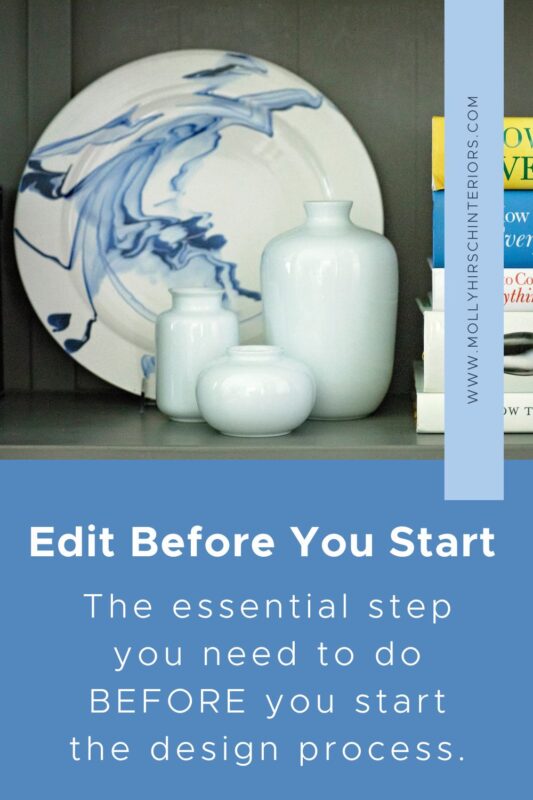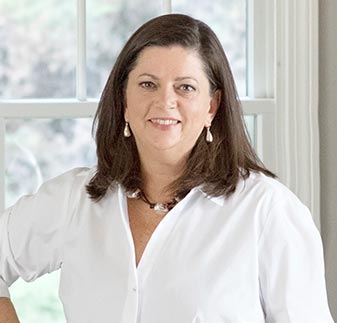
Learn how to style the perfect coffee table.
5 complete looks with shopping links!
Edit Before You Start

The essential step you need to do BEFORE you start the design process.
Anyone who has been following me for a while knows that I’m passionate about design. The aesthetics are the fun part, but the functional design part takes it to a whole different level. I believe that how you design your home impacts how you live your life:
 How you rest & recharge
How you rest & recharge- How you interact with your family & friends
- How you entertain
- How you are able to focus on the things that are most important to you
The design of your home also affects your daily life—it can support you and make life easier, or it can work against you, making things more challenging. And no one needs things more difficult, right?
The key to having a home that supports your needs is to know exactly what those needs are. And to clearly understand those needs, you need to edit and clear out what is irrelevant or unnecessary.
We, especially women, react to clutter. Clutter is a visual representation of decisions that are not made. I think that is partly why it bothers us so much—it’s a visible to-do list that is literally surrounding us all the time—there is no getting away from it. And it’s exhausting and overwhelming.
One client was so overwhelmed with clutter that she only talked about storage when designing her home. It was her main focus—more storage. We started having a conversation about what it was that she needed to store. Everything, she said. We dug a little deeper, and it turned out that the issue was just years of not editing. There were toys that her kids had outgrown, catalogs and magazines that she would read someday, clothes that needed to be donated, and cords for electronics that they didn’t even have anymore. The sheer volume was debilitating.

She thought the answers were built-ins and more storage, but really she needed to edit. And edit she did. When she was done, she was so excited to start the design process—she understood her needs, she could see how we could create the systems and zones to make it all manageable, and she understood how this would make her daily life easier.
Amazingly, we incorporated storage in her design—a fraction of what she thought she initially needed and she has room to spare in the builtins and closets.
Don’t design around things you don’t need! The time to edit is before you start the process–clear the clutter and pair down to the items you use and are relevant. This will help you understand what your needs are in each room, and this is the beginning step to creating systems and zones.
We’ll be teaching you more about systems and zones because they are game-changers in home design, so stick around. But in the meantime, start editing!
Have you read our 10 Design Mistakes and How to Fix Them series? You can find them here:
#1 Keeping Things You Don’t Love
#3 Not Designing for Real Life

Hi, I’m Molly Hirsch, and I help women founders, executives, and entrepreneurs translate their highly effective work approach to their home design, creating a space that rises up to meet their needs while enhancing the warmth and style of their family home. Discover all the ways we can work together to create a home of your dreams.

 How you rest & recharge
How you rest & recharge